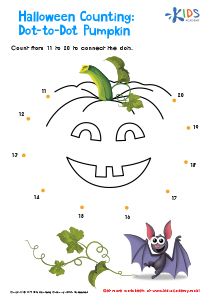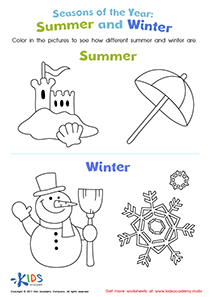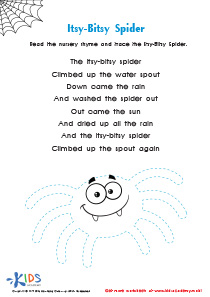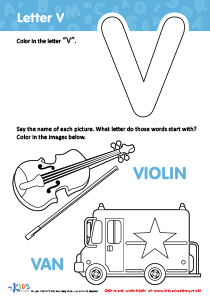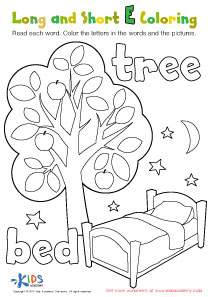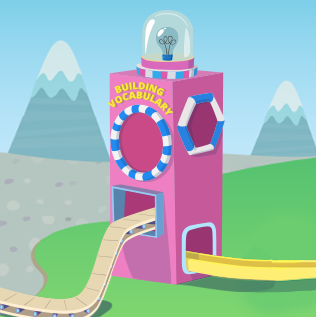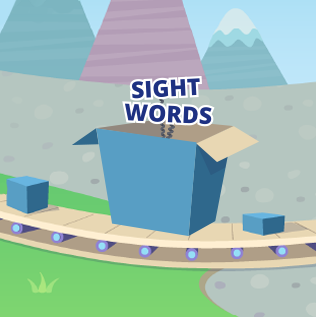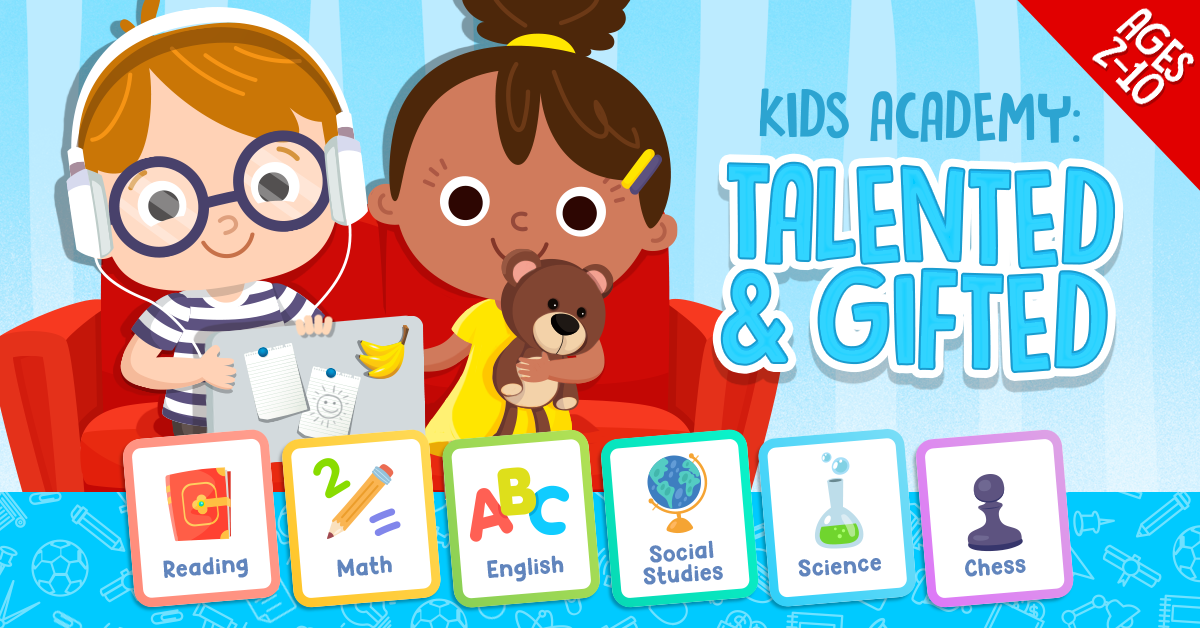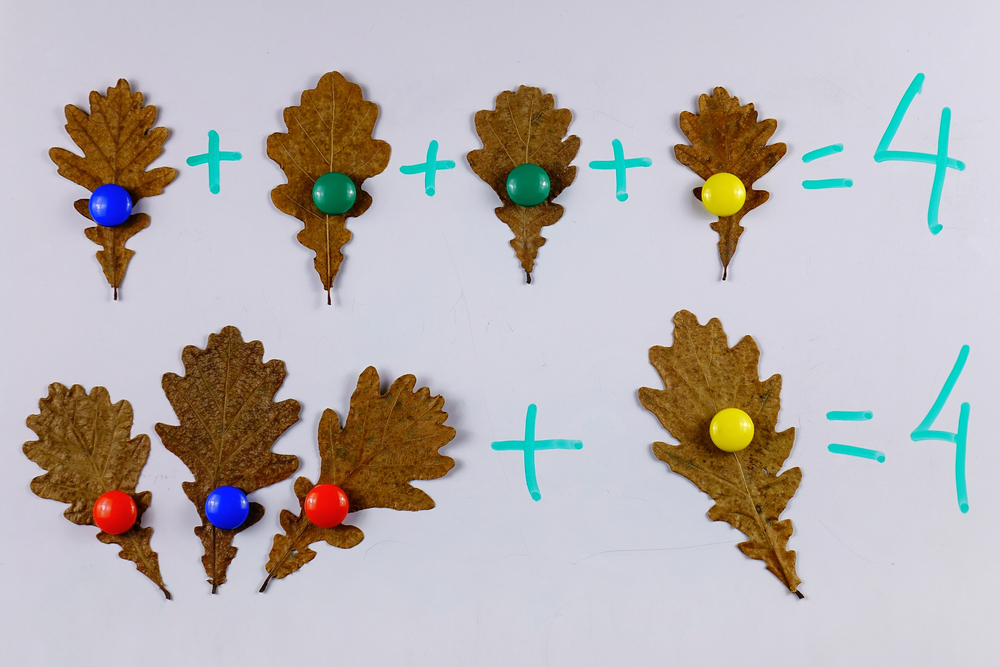English Language Arts Lessons | Answering Questions About Informational Texts (Craft & Structure), Grade 3
0 results
Introducing our Answering Questions About Informational Texts (Craft & Structure) Lessons for Grade 3 students! Our interactive worksheets, educational videos, and assessment quizzes are designed to help children develop their comprehension skills and learn how to analyze and interpret informational texts. These engaging and fun lessons will guide students on how to ask and answer questions while examining the craft and structure of various types of non-fiction materials. With a focus on critical thinking and self-reflection, our lessons will prepare students to become confident and capable readers in no time. Sign up now to start improving your child's reading comprehension today!
The Answering Questions About Informational Texts (Craft & Structure) lessons are a helpful tool for Grade 3 students to improve their reading comprehension skills. These interactive lessons consist of engaging worksheets, educational videos, and assessment quizzes that are all designed to help students understand how to analyze the structure of informational texts. By mastering these skills, students will be better prepared to read and understand a variety of texts, including textbooks, articles, and news reports.
One of the primary benefits of these lessons is that they teach students how to identify the key features of informational texts. For example, students will learn how to identify the main idea of a text, as well as supporting details and the author's purpose for writing. By understanding these key features, students will be better equipped to comprehend the meaning of a text and to answer questions about it.
Another benefit of these lessons is that they teach students how to analyze the structure of a text. For example, students will learn how to identify the headings and subheadings in a text, as well as the use of boldface print and italicized words. By understanding these structural elements, students will be better prepared to understand how a text is organized and the purpose that each section serves.
The interactive worksheets included in these lessons are a key component of their effectiveness. These worksheets are designed to be fun and engaging, and they encourage students to think critically about the structure and content of a text. For example, students may be asked to identify the main idea of a paragraph or to complete a graphic organizer that helps them visualize the structure of a text.
In addition to the worksheets, the educational videos included in these lessons can be helpful in reinforcing key concepts. These videos are designed to be visually engaging and interactive, and they can help students to understand complex ideas in a more accessible way.
Finally, the assessment quizzes included in these lessons can be helpful in evaluating student progress. These quizzes are designed to test students' comprehension and to identify areas where they may need additional support. By using these quizzes, teachers can identify individual students who may be struggling with a particular skill and provide additional support as needed.
In conclusion, the Answering Questions About Informational Texts (Craft & Structure) lessons are an effective tool for Grade 3 students who want to improve their reading comprehension skills. By mastering the key features and structure of informational texts, students will be better prepared to understand a wide range of texts and to answer questions about them.

